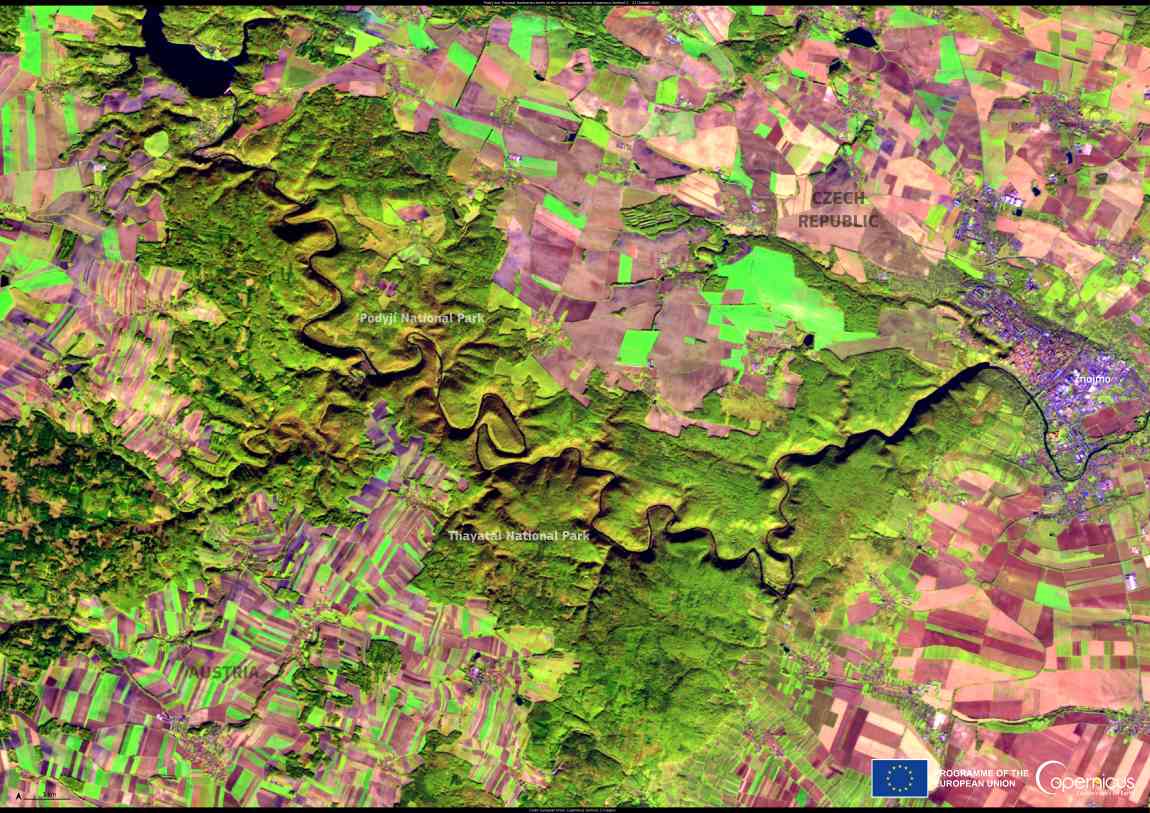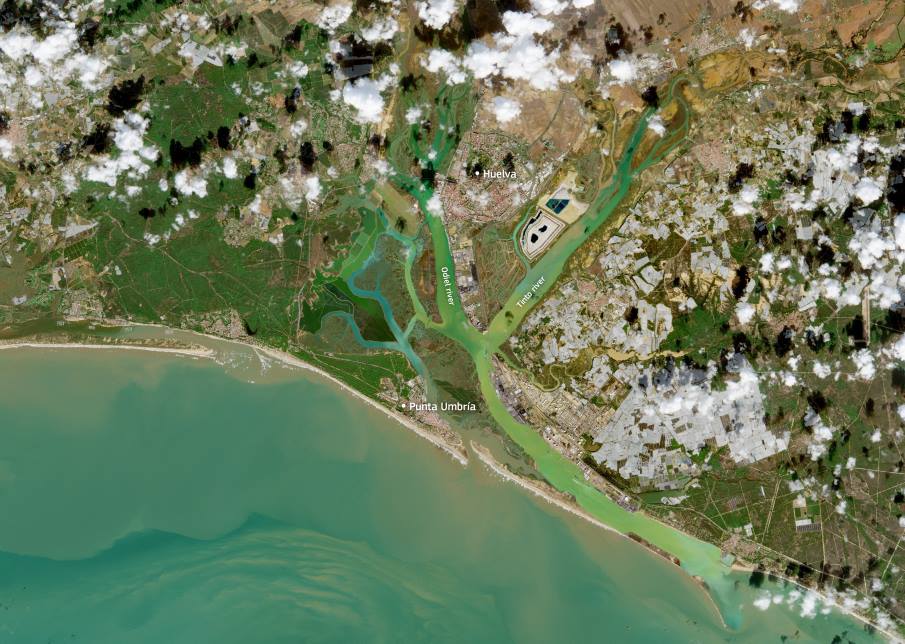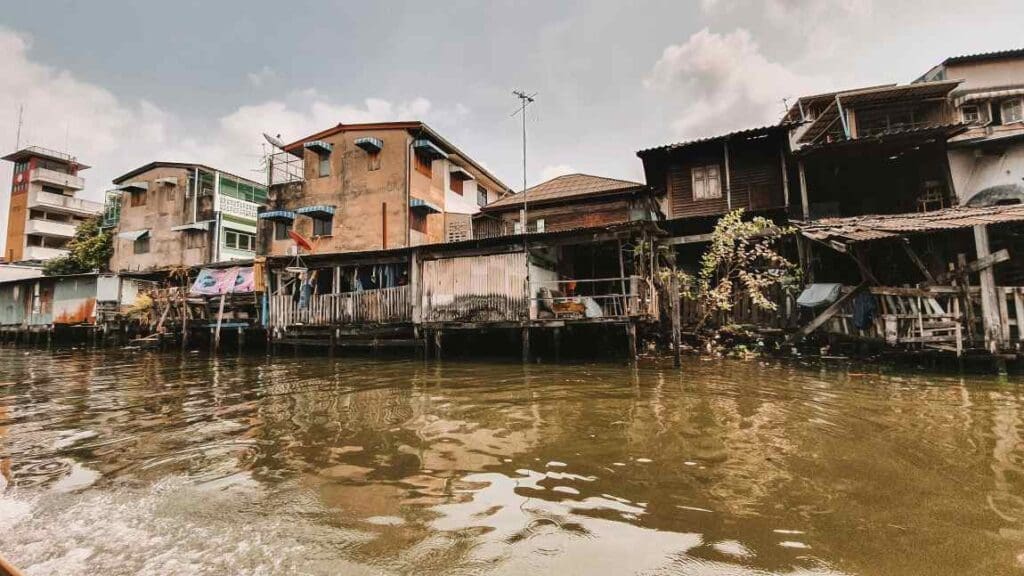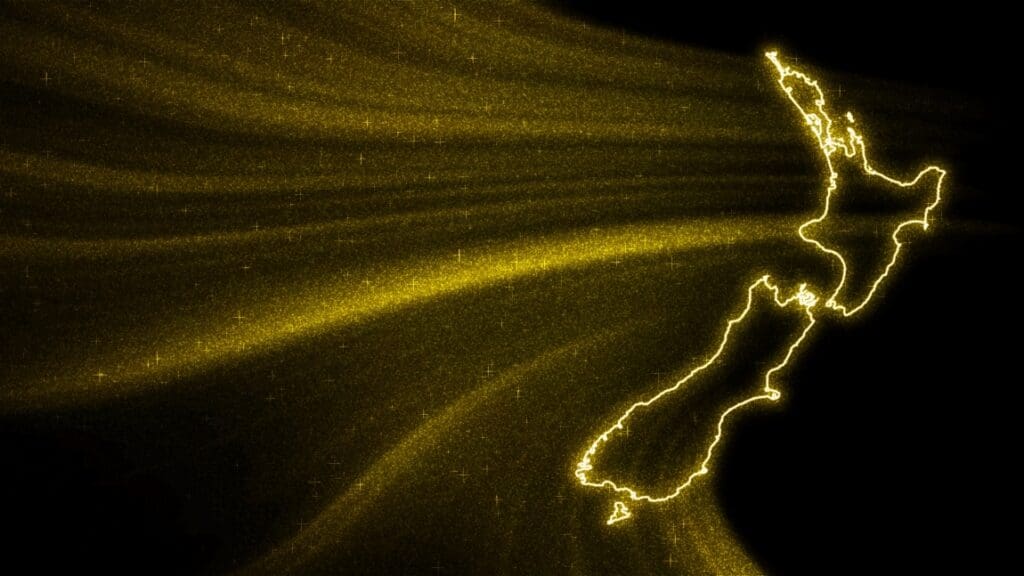Many areas along the border between the Czech Republic and Austria are rich in biodiversity and protected under the EU Habitats Directive.
One example is the area which includes the Podyjí National Park in the Czech Republic and the Thayatal National Park in Austria, both Natura 2000 sites.
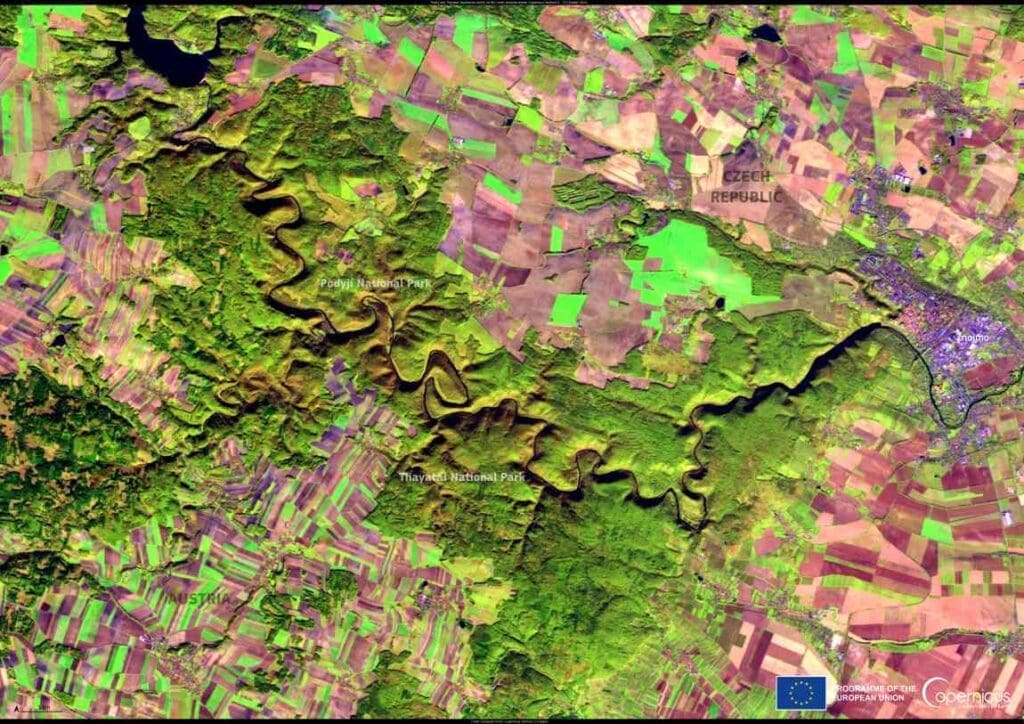
Covering an area of 63 km², the Podyjí National Park is a stunning nature reserve known for its diverse flora and fauna and picturesque landscapes of forested hills, valleys and rocky cliffs. It is separated from the Thayatal National Park in Austria by the Dyje River, which forms the border between the two European countries.
Both the Podyjí and Thayatal National Parks are visible in this Copernicus Sentinel-2 image acquired on 21 October 2024.
The Copernicus Sentinel-2 satellites deliver essential information on areas with dense vegetation, helping to monitor and conserve biodiversity around the world.
Featured image credit: European Union, Copernicus Sentinel-2 imagery

